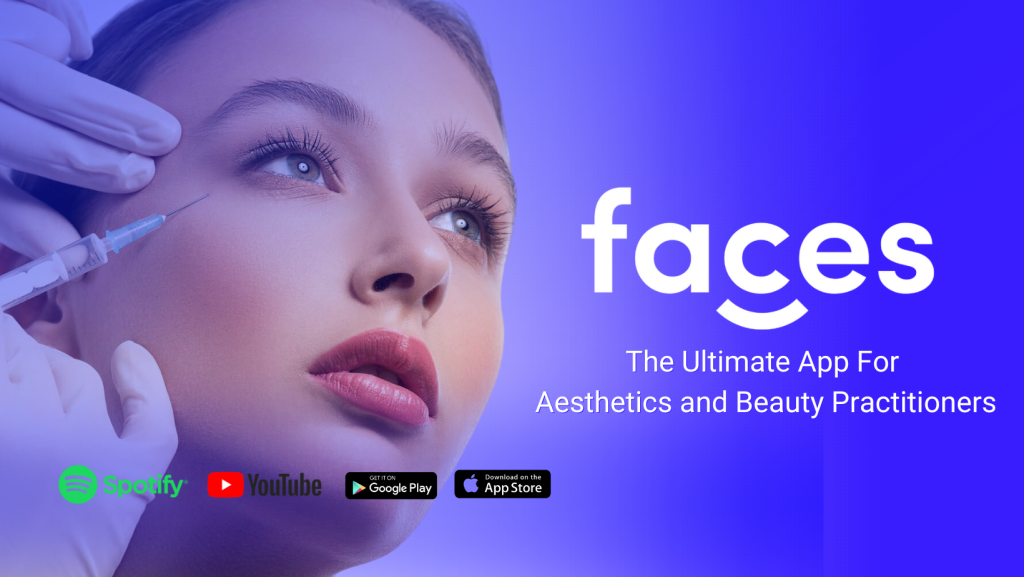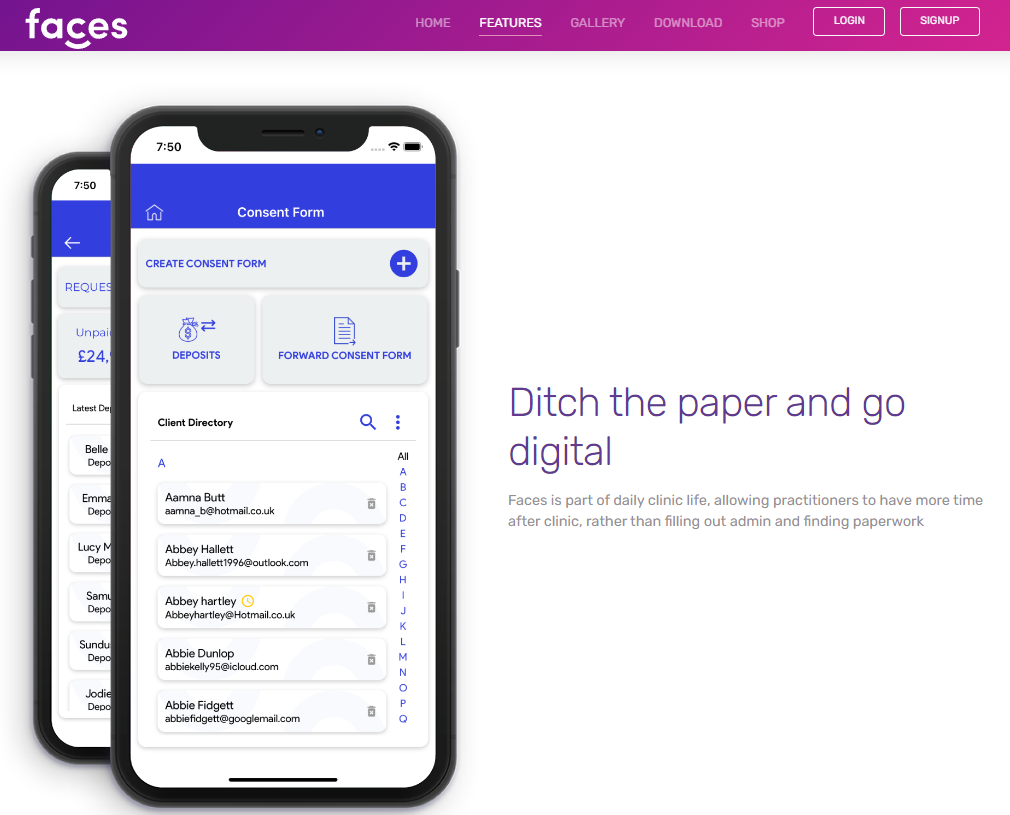
In the high-paced, constantly evolving world of aesthetic medicine, standing out from the crowd requires the strategic use of innovative tools. One such powerful ally in enhancing your clinic’s operation and client experience is Faces Consent. This cutting-edge platform offers digital aesthetic consent forms, designed to revolutionise your aesthetic clinic from the ground up. But how does Faces Consent bring about such transformation? Let’s take a deep dive into its multitude of benefits:
Ready-to-Use, Fully Customisable Consent Forms
One of the key strengths of Faces Consent lies in its extensive library of free consent form templates that are ready to use right off the bat. Covering a broad range of aesthetic procedures, these templates cater to the varied services offered by aesthetic clinics. But Faces Consent understands that every clinic has its unique approach and standards, and hence it doesn’t stop at merely providing ready-to-use templates.
Faces Consent offers the added advantage of full customisation. You can tweak each form to match your specific treatments and protocols accurately. This means that your clients get thorough and precise information about the specific procedure they are considering, directly from you. This level of customisation ensures that your clinic’s unique approach and standards are communicated clearly, leading to an enhanced understanding for your clients and increased credibility for your clinic.
Simplified, Convenient Client Experience
The traditional method of paper consent forms can be tedious and time-consuming for clients. Filling out lengthy forms in the waiting room of a clinic can be stressful and may not provide ample time for clients to review all the details. This is where Faces Consent comes into play.
With Faces Consent, your clients can complete their consent forms at their own pace and convenience, using any digital device. This flexibility means clients can take the time to review all procedure details, understand the potential risks, and make informed decisions. This stress-free and convenient process significantly improves the client experience, which can directly lead to increased client satisfaction and loyalty.
Unprecedented Operational Efficiency
Beyond enhancing the client experience, Faces Consent brings about a significant transformation in the daily operations of your aesthetic clinic. Traditionally, consent forms involve a lot of paperwork, from providing the forms to clients to storing them securely after they’re filled. This not only consumes valuable time but also requires physical storage space.
By digitising this process, Faces Consent eliminates the need for manual data entry and paper file storage. This leads to a more streamlined, efficient, and organised workspace. It minimises the chances of lost or misplaced files and reduces the likelihood of manual entry errors, thereby improving data accuracy. Furthermore, digital storage allows for quick and easy retrieval of client information. This directly translates to more efficient consultations and client follow-ups, saving your clinic precious time that can be better spent on client care.

Robust Compliance and Liability Reduction
In the highly regulated aesthetics industry, ensuring compliance with data protection regulations is paramount. Faces Consent takes this responsibility seriously. The platform is designed with robust security measures that provide maximum protection for client information.
In addition, Faces Consent helps reduce your clinic’s liability. The platform’s comprehensive consent templates detail the procedure descriptions, potential risks, and other important information. These templates can be easily updated as per the latest industry standards and legal requirements, ensuring that you are always legally protected.
With the easily traceable audit trail provided by Faces Consent, maintaining records for regulatory purposes becomes a breeze. All these features combined offer robust protection for your clinic from both a legal and regulatory standpoint.
Facilitating Clear Communication
Another significant advantage of Faces Consent is its role in facilitating clear and open communication between clients and practitioners. This ensures that both parties have a complete understanding and agreement on the procedure, leading to better client satisfaction and improved outcomes.
Championing Eco-Friendly Practices
The move towards digital consent forms is not just about efficiency and convenience; it’s also about sustainability. By adopting Faces Consent, your clinic can significantly reduce its paper usage, thus minimising its environmental footprint. In an era where more and more clients value eco-friendly practices, this can serve to enhance your clinic’s reputation and appeal to a broader client base.
In conclusion, Faces Consent is not just another digital tool; it is a comprehensive solution that brings about a profound transformation in your aesthetic clinic. By seamlessly blending efficiency, convenience, compliance, communication, and sustainability, Faces Consent sets the stage for a superior client experience and a streamlined, efficient operation. In the dynamic digital era of aesthetic medicine, embracing Faces Consent is not just an option; it’s a strategic necessity for any clinic aiming for unmatched growth and success.














